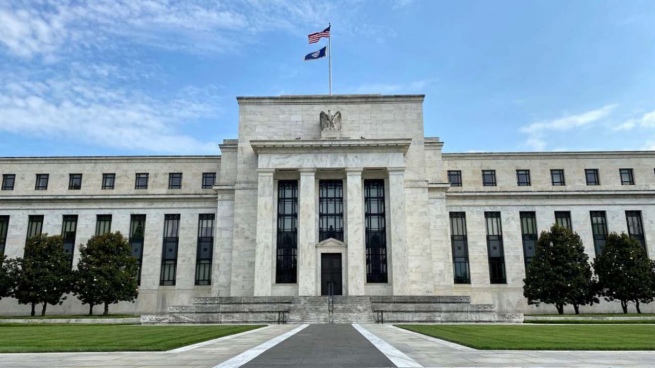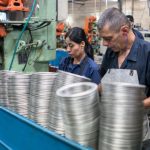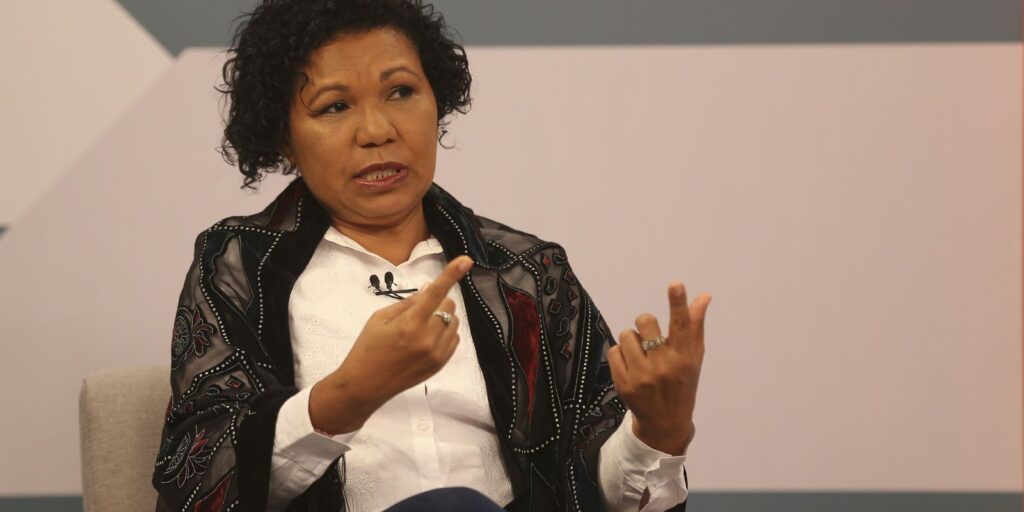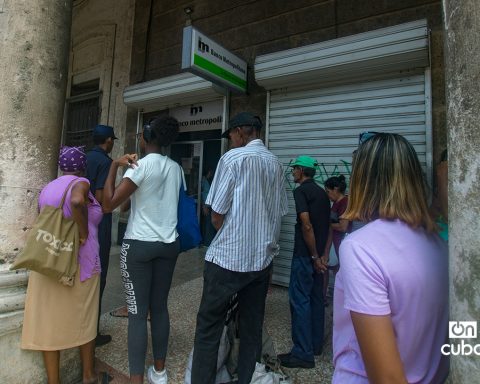The President of the Federal Reserve (FED), Jerome Powellratified this Friday that the entity will continue with a restrictive monetary policy “for some time”, with the aim of “restoring price stability”.
“Restoring price stability requires maintaining a restrictive policy stance for some time. History warns against prematurely returning to expansionary policy,” Powell said in a speech as part of the annual economic policy symposium held in Jackson Hole, Wyoming.
In this way, Powell ratified that the FED will continue with the rises in the reference interest ratefor which a new increase is expected at the next monetary meeting of the FED on September 20 and 21.
A further increase is expected at the next FED monetary meeting on September 20-21.
So far this year and to cool down the inflation numbers -which, after reaching a 40-year high of 9.1% in June, slowed down to 8.5% last month-, the entity arranged a rise in reference interest rates of 25 percentage points in March, 50 in May, 75 in June and another 75 in July, taking it from levels close to zero to a range between 2.25% and 2.50%.
Powell assured that the “focus at this moment” of the FED is that the inflation returns to the 2% year-on-year targeteven despite the fact that this process may have consequences for the economy of consumers and companies by making credit more expensive and stimulating investment.
“Our decision at the September meeting will depend on the data and the development of the outlook,” the official said in a brief speech, without specifying what will be decided, although he did not rule out another “unusually large” increase in the rate.

In this way, Powell’s speech did not change the perspective of the market, whichexpects another increase of 0.50% or 0.75% in rates for Septemberaccording to the Bloomberg news agency.
“Restoring price stability will take some time and will require using our tools to bring supply and demand into better balance,” the FED president remarked, stressing that the current is not a time “to stop or pause.” ” increases in rates, despite the fact that the current rate is considered to be a “neutral” rate that does not restrict or stimulate economic growth
The consequences of the rate hike
Powell admitted that bringing down inflation will require cooling down the economy with a “substantial” period of below-potential growth and a weaker job marketsince “failing to restore price stability would mean more suffering”.
“While higher interest rates, slower growth and a softening of the labor market will allow inflation to come down, it will also hurt households and businesses a bit,” he acknowledged.
The FED, repeatedly, was questioned for not having been able to anticipate the magnitude of inflation, which, initially, was considered “transitory” by the entity since it only affected a limited group of goods and services.
But, at the same time and after the deceleration of inflation in July, some specialists speculated with a less harsh FED in the coming months, and trusted in the possibility of rate cuts for the second half of next year.
“While the lower inflation numbers for July are welcome, a single month’s improvement is not enough of what the (Monetary Policy) Committee needs to look at before we are confident that inflation is coming down,” Powell stressed. who was concerned about the situation in the labor market, which is “clearly unbalanced” with a demand that “substantially” exceeds supply.
Of According to FED estimates, interest rates will rise to 3.4% by the end of this year and 3.8% by the end of 2023.


















